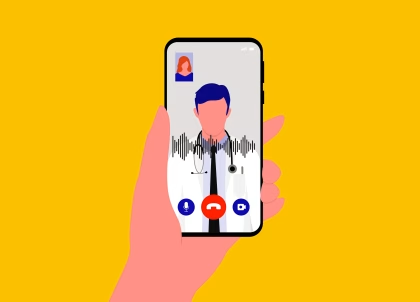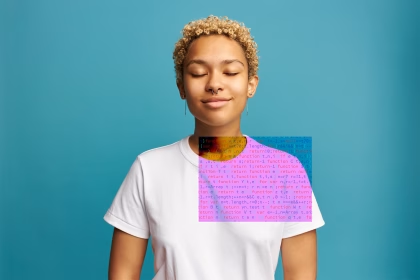Abstract: A safe transition between autonomous and manual control requires sustained visual attention of the driver for the perception and assessment of hazards in dynamic driving environments. Thus, drivers must retain a certain level of situation awareness to safely takeover. Understanding the visual attention allocation of drivers can pave the way to inferring their dynamic state of situational awareness. We propose a reinforcement and inverse-reinforcement learning framework for modeling passive drivers’ visual attention allocation in semi-autonomous vehicles. The proposed approach measures the eye movement of passive drivers to evaluate their responses to real-world rear-end collisions. The results show substantial individual differences in the eye fixation patterns by driving experience, even among fully attentive drivers. Experienced drivers were more attentive to the situational dynamics and were able to identify potentially hazardous objects before any collisions occurred. These models of visual attention could potentially be integrated into autonomous systems to continuously monitor and guide effective intervention.
Scientific Publications from Researchers Using iMotions
iMotion is used for some of the most interesting human behavior research studies done by top researchers around the world. Contact us to have your publication featured here.
All Publications









